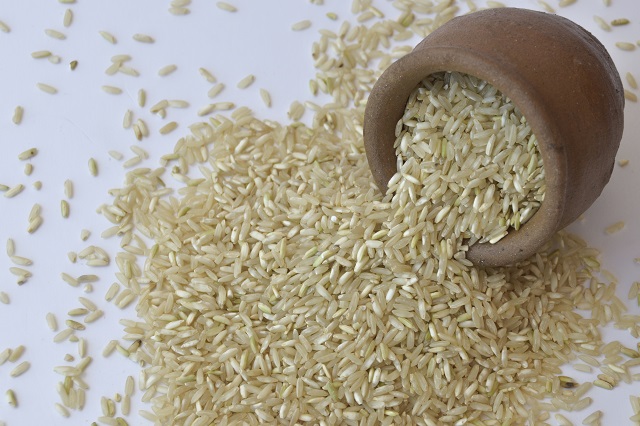
The Rice Chemistry and Food Science Division (RCFSD) of Department of Agriculture-Philippine Rice Research Institute (DA-PhilRice) is developing an automated system that determines rice grain size and shape through digital image processing. The method will help breeders measure grain size, one of the factors that reveal its yielding capacity.
Going digital
Measuring grain size and shape manually is time-consuming, laborious, and straining to the eyes.
Early results of a research by Evelyn Bandonill, Dr. Jasper Tallada, and Jerry Adriano show that it is possible to fast-track the physical evaluation of the rice kernel.
Their study involved a flatbed scanner and a singulation template to capture the images of kernels at 800 dots per inch. The digital measurements are then defined using OpenCV-Phyton, a pixel-editing software.
Automated measurement took only 12 seconds per kernel, four times quicker than the traditional way.
The newly developed method will be immensely advantageous compared to the routine procedure that measures grain length and width using an analog caliper.
“The manual system is also prone to human error because it requires dexterity in positioning the kernels on the caliper,” Bandonill said.
For brown rice, too
The study also included trials on brown rice. Tallada explained that the grain size and shape characteristics are more intact and stable in the brown rice form than in white rice because of the polishing operations. Additionally, measuring the dimensions of brown rice grains reflects more of the effects of breeding and crop management on the yield outcome.
Localized version
The greater target is to produce a local grain measurement device for easier access.
The RCFSD aims to develop an alternative equipment that is cheaper yet has quick grain-scanning ability just like the commercially available flatbed scanners partnered with OpenCV-Phyton programming language. Bandonill said the instruments SeedCount SC4 and Satake’s Grain Scanner RSQI 10A are available and may be imported but are expensive.
At PhilRice, a system called Milled Grain Classifier was developed with a capacity to process 6.2g of samples in less than 5 minutes, much faster than the conventional approach that needs up to 96 minutes for a set of only 30g samples. However, the system proves tiresome as the grains should be placed in straight rows and columns, which is difficult when hundreds of samples are involved.
“We need a system where the operator simply dumps a sample, images are quickly scanned, and the kernels are automatically measured,” Bandonill challenged herself.
The fast measuring capacity of larger samples of this localized automated system defines the size distribution better. This helps provide an accurate insight in the expression of genes during the breeding process.
“Chances are, the more samples we can scan in a shorter time, the faster we can pinpoint good-quality rice varieties, which is a sure headstart for breeders,” Bandonill said.




